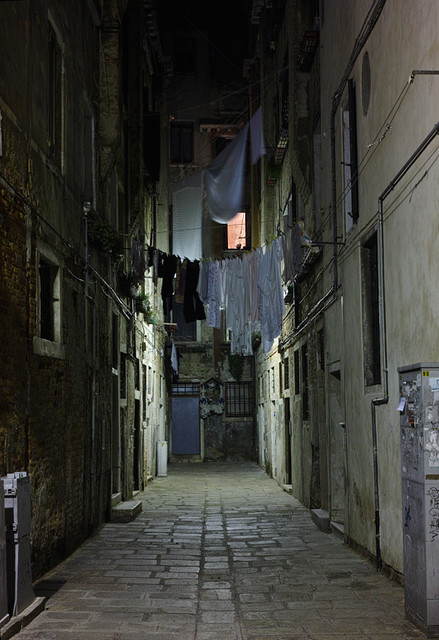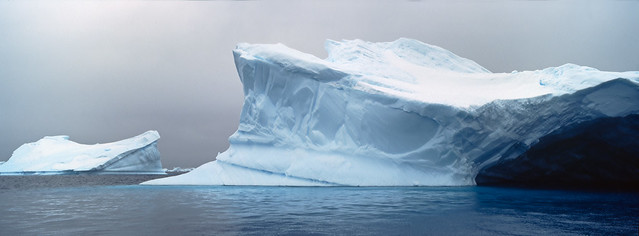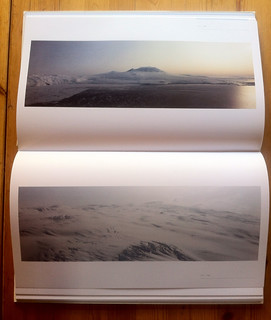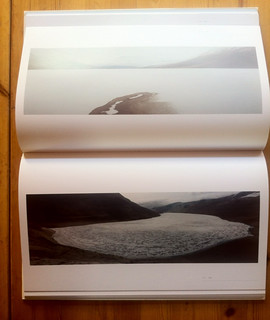in
Photography , Monday, December 30, 2013
I made about 6500 photos in 2013. Seems rather a lot. The trouble it’s a lot easier to amass photos, especially digital photos, than it is to edit them. I still have a considerable number of digital photos from Patagonia in January 2013 to go through, although I’ve done most of the film scanning. This last year, apart from local stuff, I’ve photographed in Argentina, Antarctica, Venice (twice), Tuscany (twice) and Sardinia. As for the local stuff, well my collections from the Verzasca and Maggia valleys, as well as various other areas in Ticino, have carried on growing.
It’s difficult to come up with a “top 10” out of all that, but there are a few which stick in my mind, and so which I could qualify as my favourites for 2013.
This first shot was taken in a blind alley in Venice on March 1st. I’ve made a big print of it and I find it quite captivating. By sheer chance I stumbled across the exact same scene last week when I was back there for a few days. Typically for Venice, I was nowhere near where I thought I was.
There are a couple of “panoramic” shots of Antarctica which I’m fairly satisfied with. The one below competes with a few others for my favour, but at the moment it’s top of the pile.
And that’s it.
Of course, there are many more photos which I’ve made over the year which I’m pleased with, but no others have really gotten under my skin. Partly because I just haven’t given them time to do so, partly because many work better as part of a set, but perhaps also because churning out the same pictures year in, year out, with slight technical and technique improvements (I hope) doesn’t really excite much. I could easily add to this list and make a “Top 10” but I’d be forcing the issue.
Probably we all take far, far too many photos, and this starts to dilute the experience of being there, wherever, or whenever, “there” may be. I think it is better to move away from “capturing the moment” and closer to “enjoying the moment”. Obviously if photography is a means to make a living then the parameters might be different. But when it is rather a scramble to produce some fleeting, intangible popularity through social media “likes”, then maybe there’s a danger of completely disconnecting with the very motives that drive many of of us to photography in the first place.
And with that cheerful thought, my best wishes for 2014. 😊








